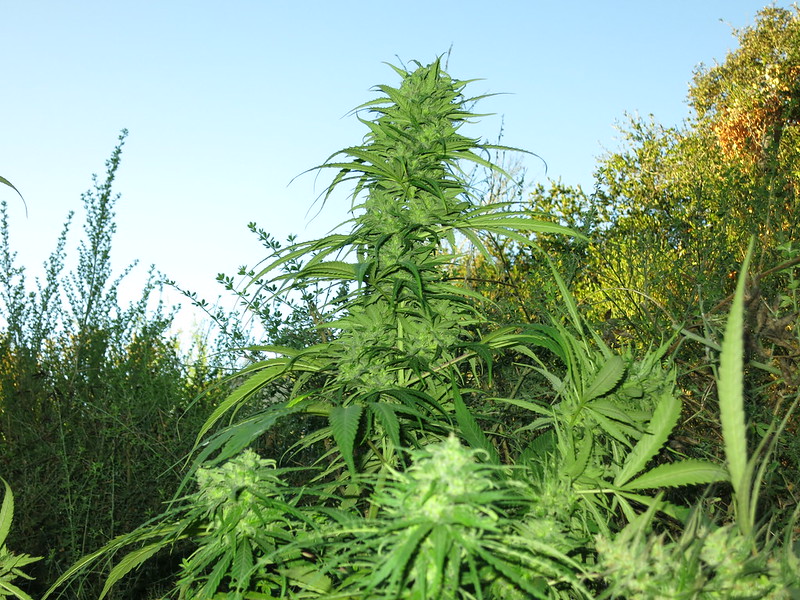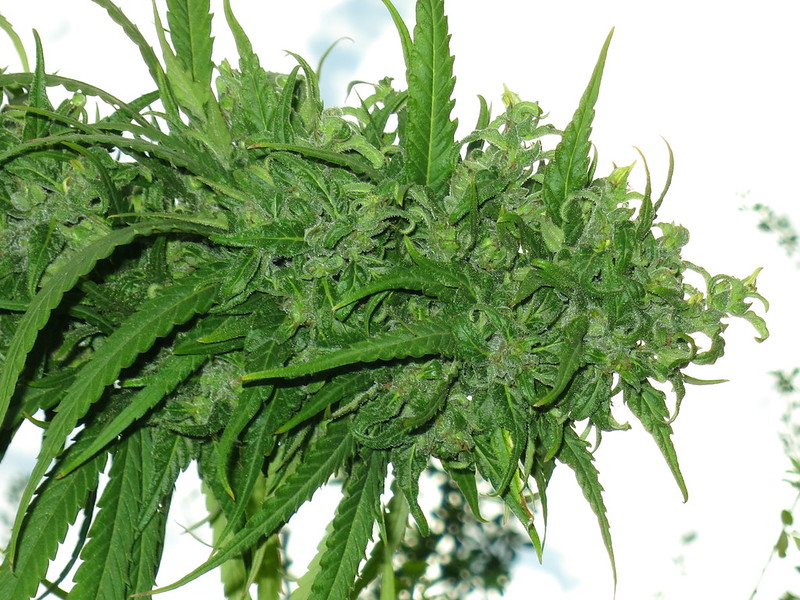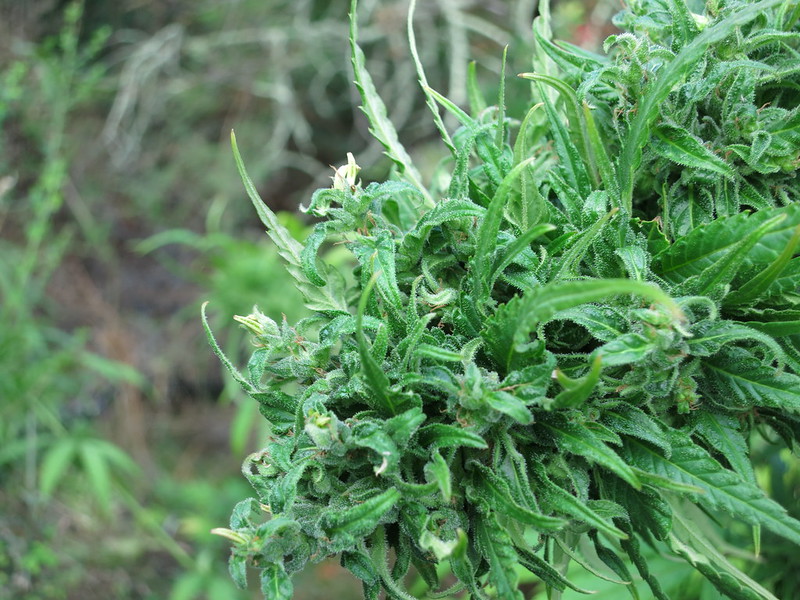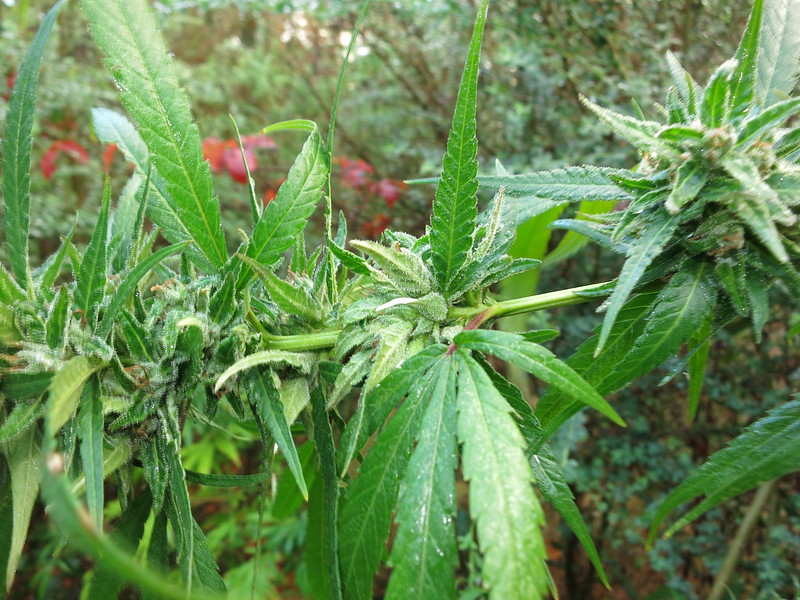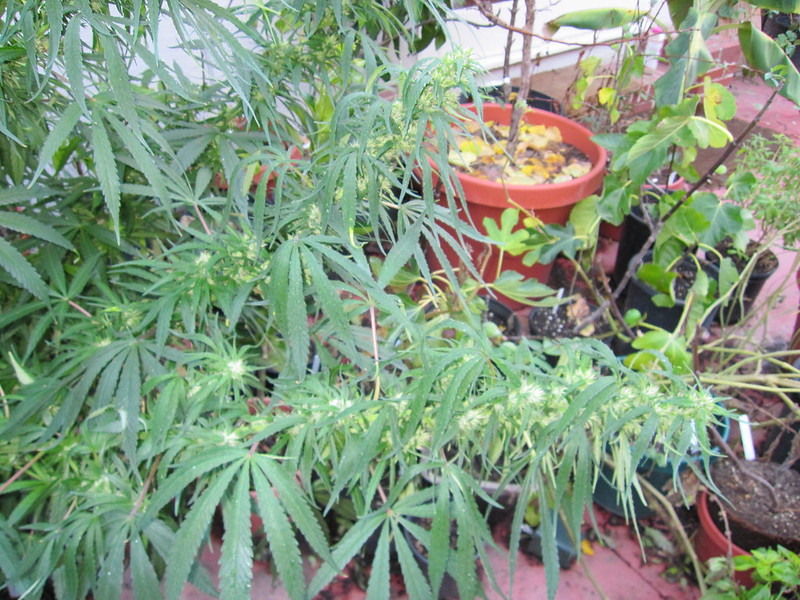Quick update: still only 1 verified female out of 13 plants total between the kumaoni and Nanda Devi. If timing of pre-flowering is any indication of how long it will take to finish, these won't likely finish until mid to late November at the earliest. Even my punto rojo is fully preflowering whereas the Kumaoni has literally shown 2 or 3 pistils at the nodes with nothing emerging from the growth point yet. A few years back, the punto rojo finished end of November, but it was picked early and should have been harvested maybe the second week of December.
One Kumaoni plant that looked female turned out to be a very late flowering male, damn! However, the one female plant smells phenomenal, it's one of the best, most vigorous seedlings so I guess it's hard to complain. At this point, it's down to 3 possible females total out of 13.
It makes me wonder if some strains have a higher ratio of males to females? With Lebanese, I had 8/9 female. With malana, I had 10/13 females. With Mazar I Sharif, 1 female out of 5 total.
Anyways, the one amazing kumaoni shot out an even bigger fan leaf! Sorry for the crappy photos, but these pics sorta give you a sense of just how gigantic this is:



One Kumaoni plant that looked female turned out to be a very late flowering male, damn! However, the one female plant smells phenomenal, it's one of the best, most vigorous seedlings so I guess it's hard to complain. At this point, it's down to 3 possible females total out of 13.
It makes me wonder if some strains have a higher ratio of males to females? With Lebanese, I had 8/9 female. With malana, I had 10/13 females. With Mazar I Sharif, 1 female out of 5 total.
Anyways, the one amazing kumaoni shot out an even bigger fan leaf! Sorry for the crappy photos, but these pics sorta give you a sense of just how gigantic this is:



Last edited:


